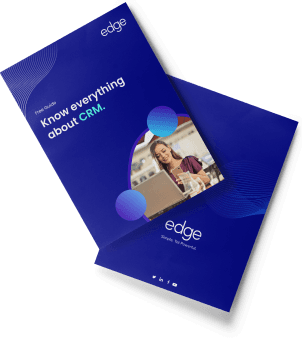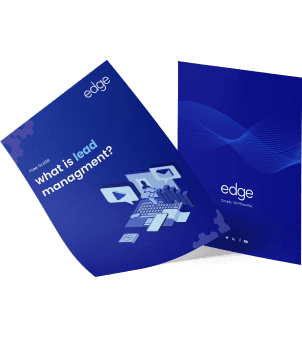Consultative Selling has transformed crucial account sales since 1970. It substitutes the traditional approach of selling the product and following the buyer-seller relationship with a win-win partnership to enhance profit. The traditional sales method involves a salesperson persuading the customer to buy the products or services.
Unlike the traditional method, Consultative Selling focuses on establishing a more personal relationship with the customer involving open dialogue and recommending solutions to prospective customers based on their needs and problems. It requires a detailed analysis of the needs and challenges of the customers and selling unique products and services. Based on this both business and the customer can make a profit.
The process of selling unique services involves the generation of business without competition and enhancing the customer's trust. Thus, the buyers prefer products and services offered for any business prospects. Nowadays, customers prefer a more value-added selling rather than the traditional selling approach. It implies that selling products and services in the usual manner has become obsolete.
Contrary to the traditional sales approach, in which the seller is always ambitious to sell the product or service to the customer, consultative selling accomplishes new business as a chance to invest in an initiative that can profit both the company and the customer. The priority of the consultative seller is to generate profit for the customer. In the process, however, the business also attains its earnings.
Consultative Approach vs Traditional Approach
The process of consultative selling drastically differs from the traditional approach. The former focuses on making their customer successful, thereby making himself successful. In contrast, the latter focuses on making himself successful by getting new deals. If they have not realized, the traditional approach switches its focus to other customers, leaving behind a massive potential business to its competitors.
The following points discuss about the difference between consultative and traditional selling approaches:
In traditional selling, a product or service is sold at a price. In consultative selling, the customer earns profit through a service that is sold as a service.
In traditional selling, the customer recognizes a potential business opportunity for the business, whereas, in consultative selling, the company is responsible for identifying an opportunity for the customer and itself.
In traditional selling, the customer requests for service to overcome a challenge they face or ask for a service to expand their current performance. In consultative selling, the seller detects the problems faced by the customer and recommends solutions to mitigate the problem.
In traditional selling, the buyer sometimes approaches vendors to improve the performance of their business or organization. In consultative selling, the seller puts forward the products and services to enhance the performance of the business and their customers.
In traditional selling, the customer seeks advice from the vendor to improve its efficiency, whereas, in consultative selling, the seller provides recommendations to the customer to enhance their efficiency.
The Consultative Selling Framework
The needs of the customer guide the consultative selling process. Typically, the steps involved in the process might change based upon the needs of the customer. It provides salespeople with a dependable, verifiable and repeatable process to accomplish the sales conversation more effectively. The six steps mentioned below provide the basic consultative selling framework for concerning consultative selling.
Plan: Planning is a key to effective consultative selling. It is helpful to dedicate some time to research about the prospective customer. It will help to confirm that the product or service is a good fit for the potential client. Additionally, preparation leads to comparatively more beneficial meetings and increased integrity with the customer. It also reduces the time required for the sales cycle and leads to improved sales results. Using an efficient procedure for call planning helps ensure that each customer call advances the sale.
Build Rapport: Consultative Selling works on building a good relationship with the client. Hence, it is crucial to building a rapport with the prospective customer. Building rapport can be achieved by connecting with the client through asking questions. It helps to discover the needs of the customer.
Understand: During consultative Selling, when the person is comfortable with the sales person, they can reveal important information that might help close the deal. Therefore, it is necessary to actively listen to the customer and understand their requirements and pain points.
Recommend: The salesperson has to clarify and respond to the questions put forth by the customer. While responding, it is vital to integrate ideas, insights and detailed facts. To persuade the customer, it is advised to recommend and impart knowledge about specific solutions. Selling focuses on assisting prospective customers to overcome their problems and help them reach their goals. Therefore, sales professionals need to define solutions using clear, brief, and captivating words that add value to the customer's needs.
Be Authentic: Authenticity implies that the product or services offered are honest and are concerned with the well-being of the customer. To look authentic, the salesperson needs to be honest about the product and services and lay out the advantages and disadvantages. It is essential to display that the salesperson is interested in establishing a relationship first. Subsequently, it is more likely to win the customer's trust and loyalty that might help generate future sales.
Follow-up: The customer might not directly buy the product or services and ask for more time. Follow-up with customers is a quick way to build trust and distinguish yourself from another salesperson. Be determined without being domineering. The salesperson can provide valuable information during follow-up that might interest the client.
Consultative Sales Skills & Techniques
Consultative Selling requires specific techniques and skills to follow. The salesperson needs to provide solutions based on the needs of the customers. A few of the critical behaviours to be followed by the salesperson are:
1. Pursue a personalized approach:
The salesperson might be pressured by the demanding situation leading to a more seller-centric behaviour. This behaviour might not help to close the deal, instead create mistrust in the customer. Therefore, the salesperson should connect with the customer and understand his situation. In turn, it will help to find the problem and build trustworthiness. When the salesperson is aware of the challenges faced by the customer, they can provide exact value to their customers.
2. Shift to a mindset of authenticity:
Understanding the customer and their pain points nurtures the relationship between the salesperson and the customer. This process establishes shared assurances and increases openness. The salesperson can thus enable the customer to see the solution's effectiveness provided for the customer's problem.
3. Build decisive momentum:
The conversation between the salesperson and the customers can be guided with time-to-time feedback. Consequently, the customer gets an impression that the salesperson understands their needs. The next step involves keeping a periodic check on the customers. Throughout the process, it helps to create trust and faithfulness. It helps to build significant momentum that makes each upcoming decision easier than the last.
4. Generate insights through questioning:
Asking the customers relevant questions can help avoid confusion and fill in the gaps to develop the best solution. Perceptive questions enable recognition of the main issues quickly and allow the salesperson to promote ideas.
5. Deliver facts:
The salesperson should base the conversation on relevant and available facts rather than on assumptions. They should actively listen to the customer to find new or inconsistent information and follow customers' thinking rather than diverting to one’s own opinion. The facts and truth will generate the most persuasive value proposition.
Benefits of Adopting a Consultative Selling Approach
The consultative selling approach is highly advantageous over the traditional method of selling. There are many benefits of practising consultative selling that includes:
Consultative selling approach improves customer service.
Increased profits by upgrading to new customers and growing business with the current customers.
There is a high probability of acquiring new prospects within the current account by exploring the customers' hidden needs and pain points.
The time required for the sales cycle is reduced, thereby increasing the momentum and confidence of the customers.
The customer has a better understanding and gratitude for their purchasing process.
Conclusion
The success of consultative selling lies in understanding the customers' unique needs and letting them know that their problems matter. You are interested in helping them solve the issues. It can be achieved by conducting in-depth research, actively listening, understanding, being authentic and establishing a more personalized relationship.
The customer should be presented with a customized solution. It will help the customer know that they are in charge of the whole process. The customers’ decision of buying the product or service can be easily achieved by focusing on the prospective customers’ emotions and pain points.
The sales scenario is evolving, and the need to develop and maintain the interpersonal relationship is essential to be successful. Consultative Selling is one of the best approaches to keep up with the upcoming trend.













